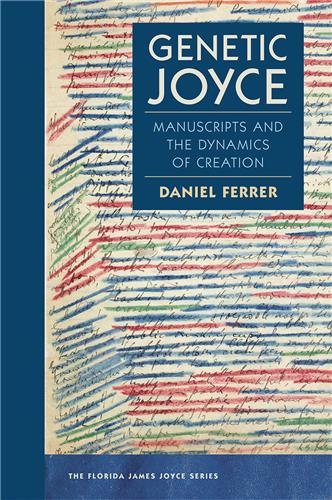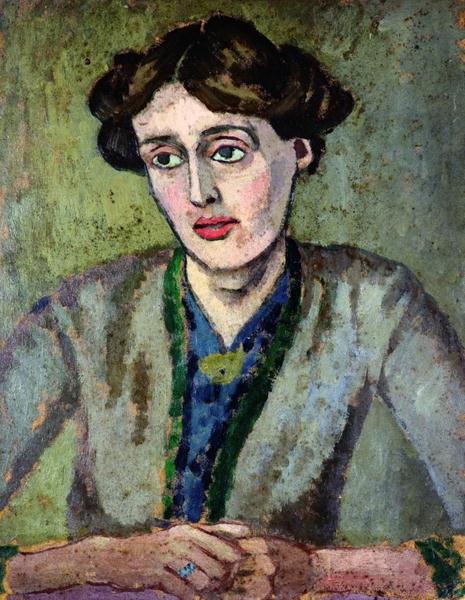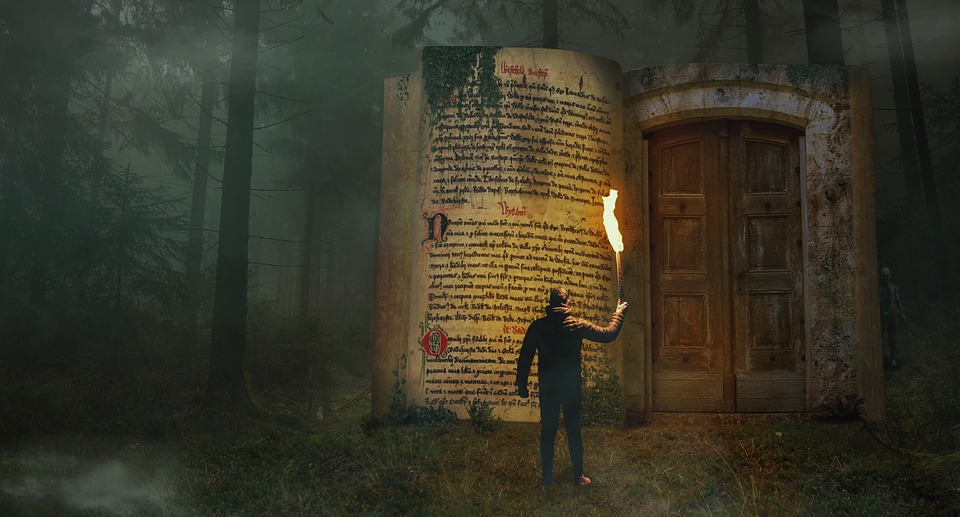A genetic approach to a work of literature looks at what was written before the final, published version of the work: notebooks, drafts, correspondence and whatever else might offer clues to how a writer reached the final stage of their work.
 Sean Sheehan
Sean Sheehan
This level of research is not always possible because the traces have been lost but in the case of James Joyce it has proved to be a very effective way of understanding and appreciating his writing.
The “Anna Livia Plurabelle” passage from Joyce’s “Finnegans Wake”, for instance, was drafted in 1924 and revised at least seventeen times over the following fourteen years.
The conversation it records between two riverside washerwomen in Dublin was gradually deepened by the addition of multilingual elements and the names of rivers so that “Go on, go on” – one of the women urging the other to continue the story – became “Garonne, Garonne”; then “I am still waiting’ is added but as “I Amstel waiting”.
The final text (“I Amstel waiting. Garonne, Garonne”) expresses the same urge to continue the story but with allusions to a Dutch and a French river.
“Genetic Joyce” follows different trails to show how Joyce went about his writing and the book is especially good at revealing the transition from “Ulysses” to “Finnegans Wake”.

He shows, to take another example, how the writer first became interested in the Tristan and Isolde tale when he arrived in Paris in 1920 and was taking notes on it three years later only to put it to one side until 1938 when he inserted a scene from the story in “Finnegans Wake”.
It is just one thread in some fifty Joyce notebooks that are available for scholars seeking to unravel what went into the novel that Joyce spent seventeen years writing.
Readers daunted by the alleged complexity of Joyce’s last two novels will find enlightenment in Daniel Ferrer’s account of how there never was a master plan or a secret meaning that can be uncovered by diligent study. Joyce never foresaw the final result of his writing and the plans he ha1d for it.
There were contingencies, constant reworking and rethinking of material and the mechanics of creation are laid out with admirable clarity in this book and illustrated with some forty facsimiles of various pages from Joyce’s drafts and notebooks.
 The final chapter looks at Virginia Woolf’s notes on the first episode of “Ulysses” (early in 1919) and what Ferrer correctly calls an ‘asymmetrical dialogue’ between the two writers.
The final chapter looks at Virginia Woolf’s notes on the first episode of “Ulysses” (early in 1919) and what Ferrer correctly calls an ‘asymmetrical dialogue’ between the two writers.
Woolf disliked aspects of Joyce and he collected some of her negative remarks (‘poverty of the mind’ and ‘rancid / Joyce stuff) and fed them into his own writing; Woolf doesn’t like Joyce and, struggling to deal with what she knows is a masterpiece, she sees him as her adversary; Yet her own masterpiece, “Mrs Dalloway”, is impossible to imagine being written without the influence of “Ulysses”.
“Genetic Joyce: Manuscripts and the dynamics of creation”, by Daniel Ferrer, is published by University Press of Florida.












.jpg)












